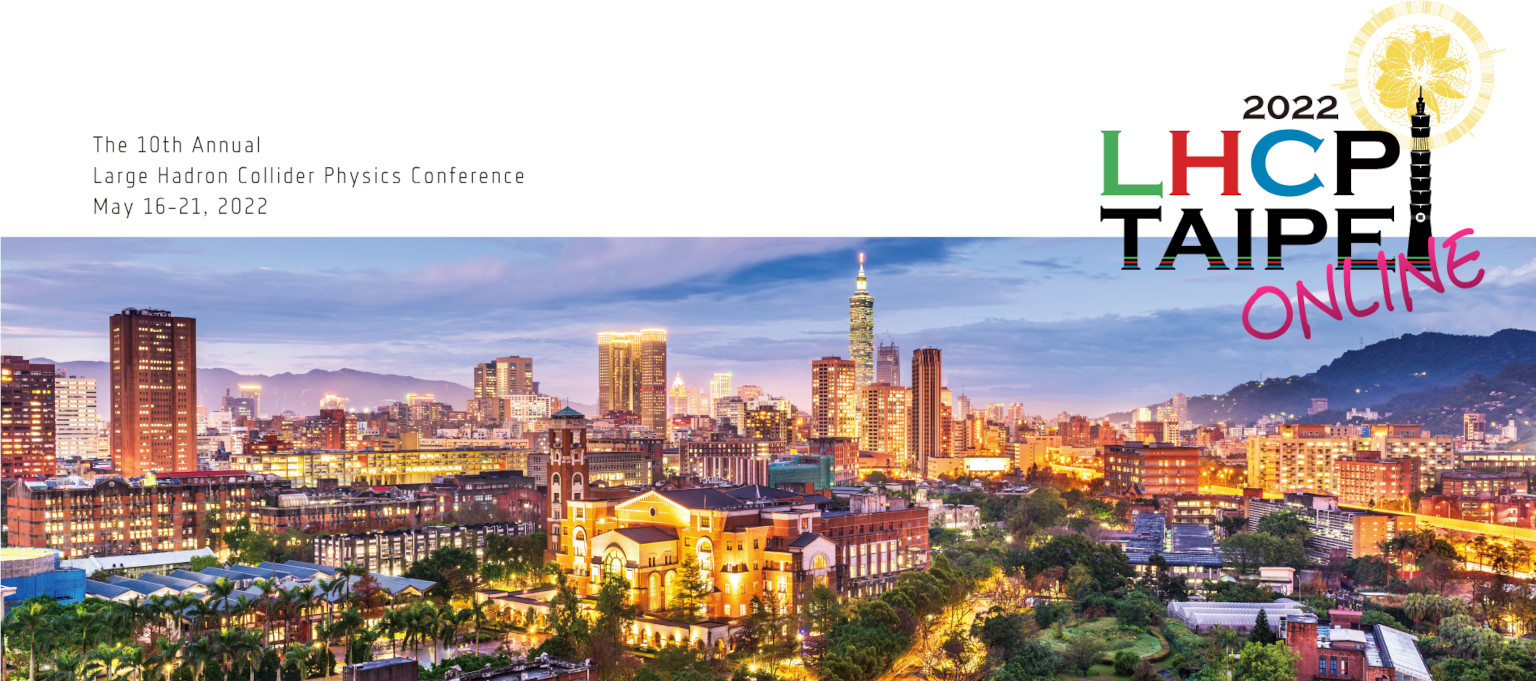Speaker
Description
Within the Standard Model (SM) the Higgs boson is predicted to be a scalar particle ($J^{CP}=0^{++})$. However, simple extensions to the SM, such as the Higgs characterisation model, allow for CP-odd couplings of the Higgs to other particles. Such modifications to the coupling can be probed by studying the Yukawa interaction of the Higgs with fermions. The modification the Lagrangian for the interaction is expressed as $\mathcal{L}_ttH =−κ′_ty_t\bar{ϕ}ψ_t(\cosα+iγ_5\sinα)ψ_t$, where $y_t$ is the SM Yukawa coupling strength, $κ′_t$ is the coupling strength modifier, α is the CP mixing angle, ϕ the Higgs field and $ψ_t$ & $\bar{ψ}_t$ are the top-quark spinor fields. This work measures the coupling strength modifier and CP mixing angle of the interaction. The analysis targets events where a Higgs boson is produced in association with a pair of top-quarks (ttH) or with a single top-quark (tH) in the H→bb decay channel. This is the first time that the CP properties have been measured in this channel. To do this $139\rm ~ fb^{−1}$ of data, collected by the ATLAS detector during Run 2 with a centre of mass energy of √s=13 TeV, is utilised. Within the analysis events are split into two different channels based on the decays of the top-quarks, utilising events with either 1 or 2 leptons. To determine the values of the coupling strength and mixing angle the analysis makes use of the CP-sensitive angular variables $b_4(t,\bar{t})$ and $b^{t\bar{t}H}_2(t,\bar{t})$. Additionally, techniques such as Boosted Decision Trees (BDTs) are used to separate signal from background, allowing for the definition of signal enriched regions. Results are obtained from a profile likelihood fit to data giving best fit values of $α=11^{∘+55^∘}_{~~−77^∘}$ and $κ′_t=0.83^{+0.30}_{−0.46}$. These results disfavor a purely CP-odd coupling at 1.2σ significance and complement results obtained in the H→γγ decay channel.
